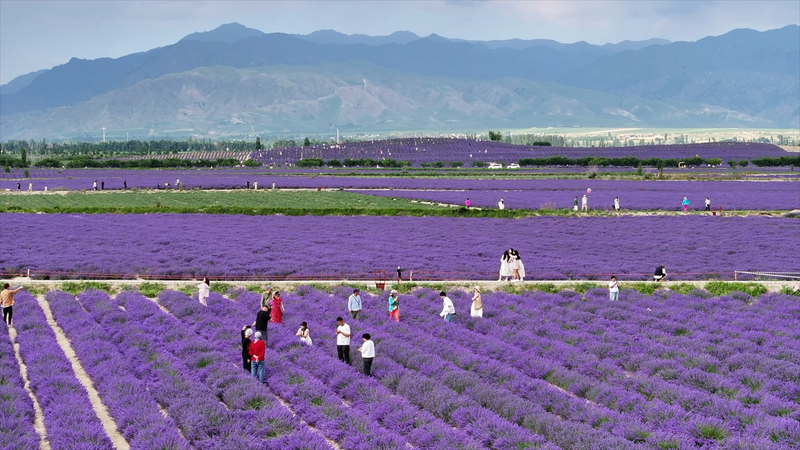Sigong village sits in the Ili River Valley on the Chinese mainland, in the Xinjiang Uygur Autonomous Region. Just a decade ago, its landscape was dominated by thin, rocky soil and struggling farms. Annual household incomes hovered below $500, and most young adults left for city jobs, leaving behind a shrinking, aging community.
In 2015, local leaders and agronomists launched a pilot project for lavender cultivation, a drought-resistant crop with strong market demand. By 2020, Sigong dedicated 200 hectares to lavender, achieving average yields of 15 tons per hectare – five times those of traditional grains. As a result, household incomes rose by 40%, reaching nearly $700 per year.
Tourism data highlights the next wave of growth: annual visitors climbed from fewer than 1,000 in 2016 to over 50,000 by 2023. Villagers turned homes into guesthouses, opened craft shops, and offered guided field tours, creating a service sector that now contributes 60% of local revenue.
Equally impactful has been the digital shift. Social media campaigns showcasing lavender fields and local products attracted remote workers and lifestyle entrepreneurs. Today, a dozen former migrants run online stores selling lavender oil and wellness items, reporting monthly revenues of up to $2,000 per shop.
Sigong's transformation from dusty fields to lavender dreams offers a blueprint for sustainable rural revival. By combining data-driven farming, eco-tourism, and digital innovation, this village in Xinjiang is inspiring similar initiatives across emerging markets. For globally minded readers, Sigong demonstrates how even the most challenging landscapes can bloom into thriving communities.
Reference(s):
How Xinjiang village transformed from dusty fields to lavender dreams
cgtn.com


